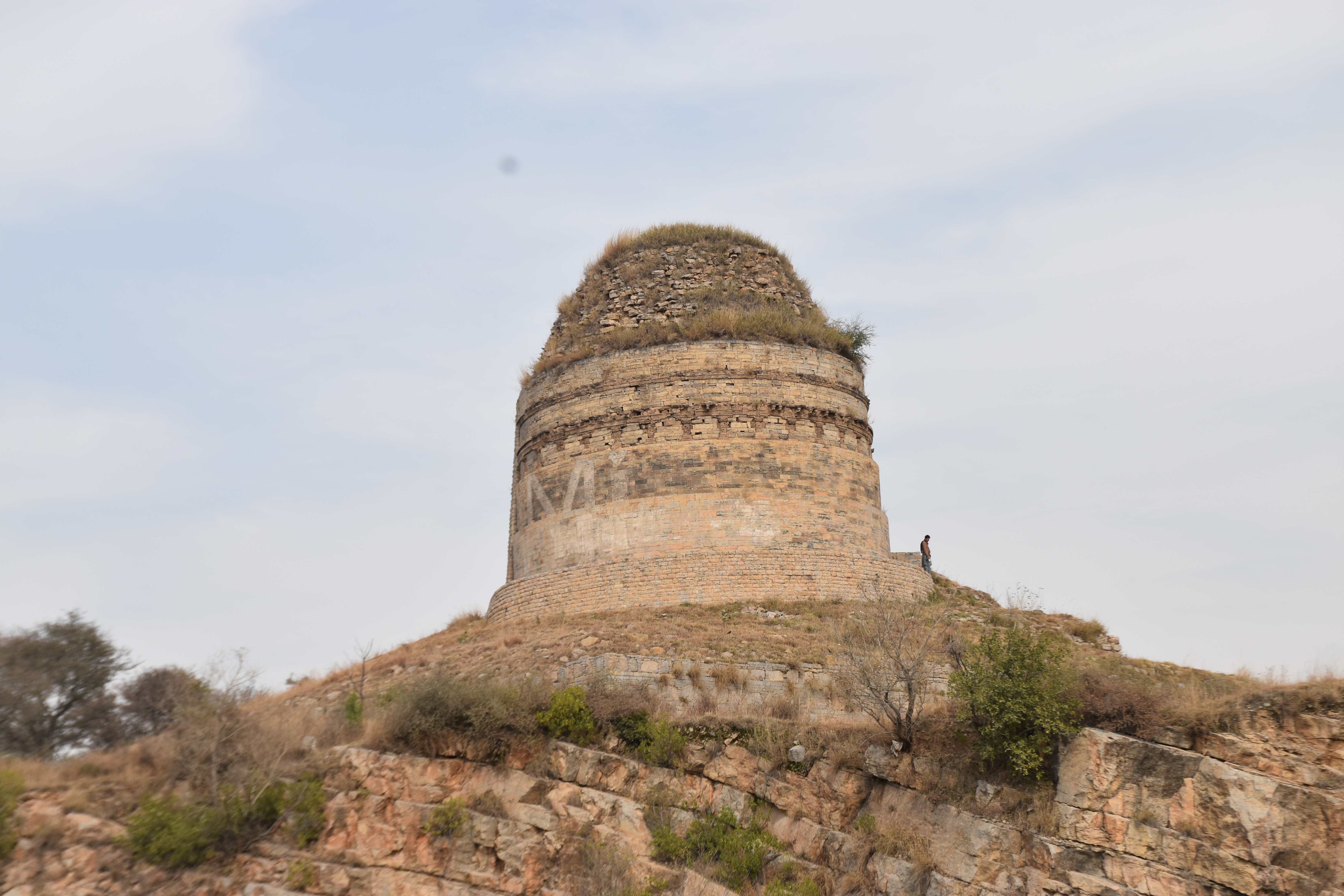Introduction
The Taxila World Heritage site is composed of over thirty sites of different nature i.e. prehistoric cave, settlement (40000 B.C.-3000 B.C.), 3 successive capital city sites of the ancient Taxila (6th century B.C. to 5th century A.D.). There are several Buddhist monastic complexes and individual monuments. The whole Taxila valley has an unbroken history from the 6th century BC to the 7th century AD.
Jaulian Monastery:
Jaulian is located on a hill 100 metres above the nearby modern village of Jaulian. The cities of Rawalpindi and Islamabad are approximately 35 km and 45 km to the southeast, respectively and situated near Khanpur Taxila road; a picnic place near Khanpur Dam. Jaulian is located near the Mohra Muradu monastery, and the ancient Taxilan city of Sirsukh.
Dharmarajika Stupa:
The stupa was believed to have been established in the 2nd century CE by the Kushans in order to house relics of the Buddha, which may have been sourced from earlier monuments, and originally buried at the site around 78 CE. Buddhist texts mention that frankincense was used during religious services at Dharmarajika, while the complex was paved with colourful glass tiles. It has been claimed that that Dharmarajika Stupa was built over the remains of an even older stupa that had been built by the Mauryan emperor King Ashoka in the 3rd century BCE.
Mohra Moradu:
The ancient monastery is located in a valley and has views of the surrounding mountains. The monks could meditate in all stillness at this place but were near enough to the city of Sirsukh to go for begging as it is only around 1.5 km away. The city was built in the 2nd century CE and renovated in the 5th century. Thus it belongs to the Kushan age. The ruins consist of three distinct parts, which include the main stupa, a votive stupa and the monastery and have been included in the world heritage list of the UNESCO since 1980 under Taxila.
Bhir Mound:
The Bhir Mound archaeological remains represent one stage of the historic city of Taxila. The first town in Taxila was situated in the Hathial mound in the southwest corner of the Sirkap site. It lasted from the late second millennium BC until the Achaemenid period, with the Achaemenid period remains located in its Mound B. The Bhir Mound site represents the second city of Taxila, beginning in the pre-Achaemenid period and lasting till the early Hellenistic period. The earliest occupation on the Bhir mound begins around 800-525 BC, and what now appears to be the second phase might date to the late 6th and 5th centuries BC, as originally suggested by Marshall.





